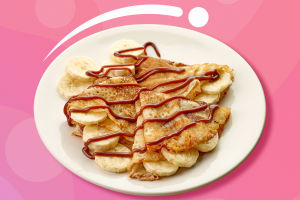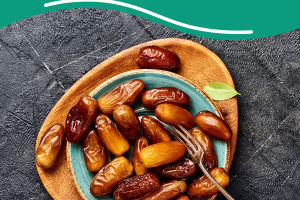There are seemingly endless shapes, flavors, and types of bread, each with its own health benefits. But what kind of bread is best for us? Read on to learn which bread is best and which to discard.
1. Whole Wheat Bread
If you're in the market for nutritious bread, whole wheat is your best bet. Whole-wheat breads come in a variety of colors, flavors, and styles, and are more nutritious than most other types of bread.
Whole grains and whole grains are usually the same things. Whole grains refer to unspecified types of whole grains, while whole grains refer to whole grains.
However, for both types of bread, double-check the ingredient list to make sure you're getting 100 percent whole grains.
2. Preservative-Free Bread
Most preservative-free breads have no flour but use sprouted grains that have been baked into bread. Generally, these breads contain more protein and less fat than other types of bread.
Preservative-free grains may also contain more available nutrients than mature grains, including folate, zinc, iron, vitamin C, and magnesium.
However, when you buy a loaf of preservative-free bread, you need to double-check that you're buying a loaf made from 100% preservative-free grains to avoid any artificial preservatives or refined ingredients.
3. White yeast or couscous bread
The nutritional value of these bread varieties really depends on the specific variety you buy. These options are usually made from refined flour, which means they're not too high in nutrients like fiber, iron, and B vitamins.
But that doesn't mean you need to be afraid of bread, it's okay to enjoy a slice of white yeast or couscous every once in a while. If you can, prioritize more nutrient-dense versions, but don't exclude your favorite carbs.
4. Rye Bread
Rye bread is mainly made from refined flour from rye grains. While dark breads like rye bread may seem more nutritious than light breads, this isn't always the case. It all boils down to what's written on the packaging.
Don't assume that the darker the color, the better the bread. Some breads are colored with molasses or coloring.
5. Pumpkin Bread
Pumpkin bread, like rye bread, is usually made from rye flour and can be refined, whole, or a mix of both.
Generally, semolina is heavier and sweeter than most bread types, which is why you may want to double-check the sugar content of the bread you choose.
6. Sourdough bread
What exactly makes sourdough sour? It is the fermentation of flour and lactic acid bacteria in the flour. Unlike many other bread types, sourdough requires a starter, which is a mixture of flour and water that rises for several days.
Despite its sour taste, sourdough bread is no different from any other type of bread. Usually made with rye flour, unless you buy a specific whole-wheat version or make your own, usually white flour.
7. White bread
When it comes to nutrition, white bread doesn't rank high. Unless you're specifically buying whole-wheat white bread (which does exist), it's safe to assume that sliced white bread is low in whole grains and therefore low in nutrients like vitamins, minerals, protein, and fiber.
As mentioned above, you can enjoy the bread that suits you best. However, try to pair white bread sandwiches with more nutrient-dense foods as often as possible, like fibrous vegetables and lean protein.


